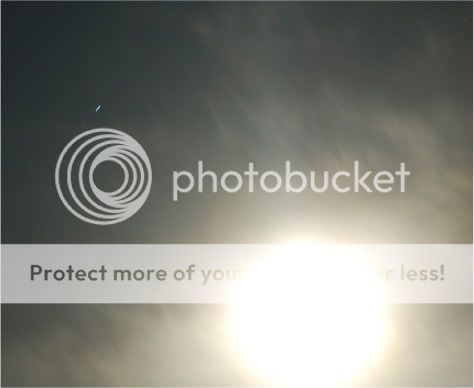S
serosang
Guest
MeteorWayne":6zfaj6af said:Duh..because in the west after sunset without the moon in the sky, there's no doubt about Venus and Mercury.
Your Mars pictures (with the moon in the image) were worthless, so needed no analysis.
That's why I suspect the Saturn image is no good as well.
What the heck does "around 10;30-9 pm at night" mean? Whast day? If you want your images to be useful you must note the date and time they were taken, with what lens, what shutter speed and f-stop, etc, especially with a relatively dim object next to a full moon. If it's in a dark sky, where the stars of the surrounding constellations can be discerned, that wouldn't be an issue.
The blueish color of what you think is Saturn also makes me suspicious it is an artifact, since Saturn is a bit more yellow than the moon.
taken last night around 10:30-9pm 300mm lens and idk about the shutter speed was; it was the only thing close to the moon i could see the earlier; about venus/mercury are they geting lower or higher in the west as they get closer? ; guess i have to try agian tonight









